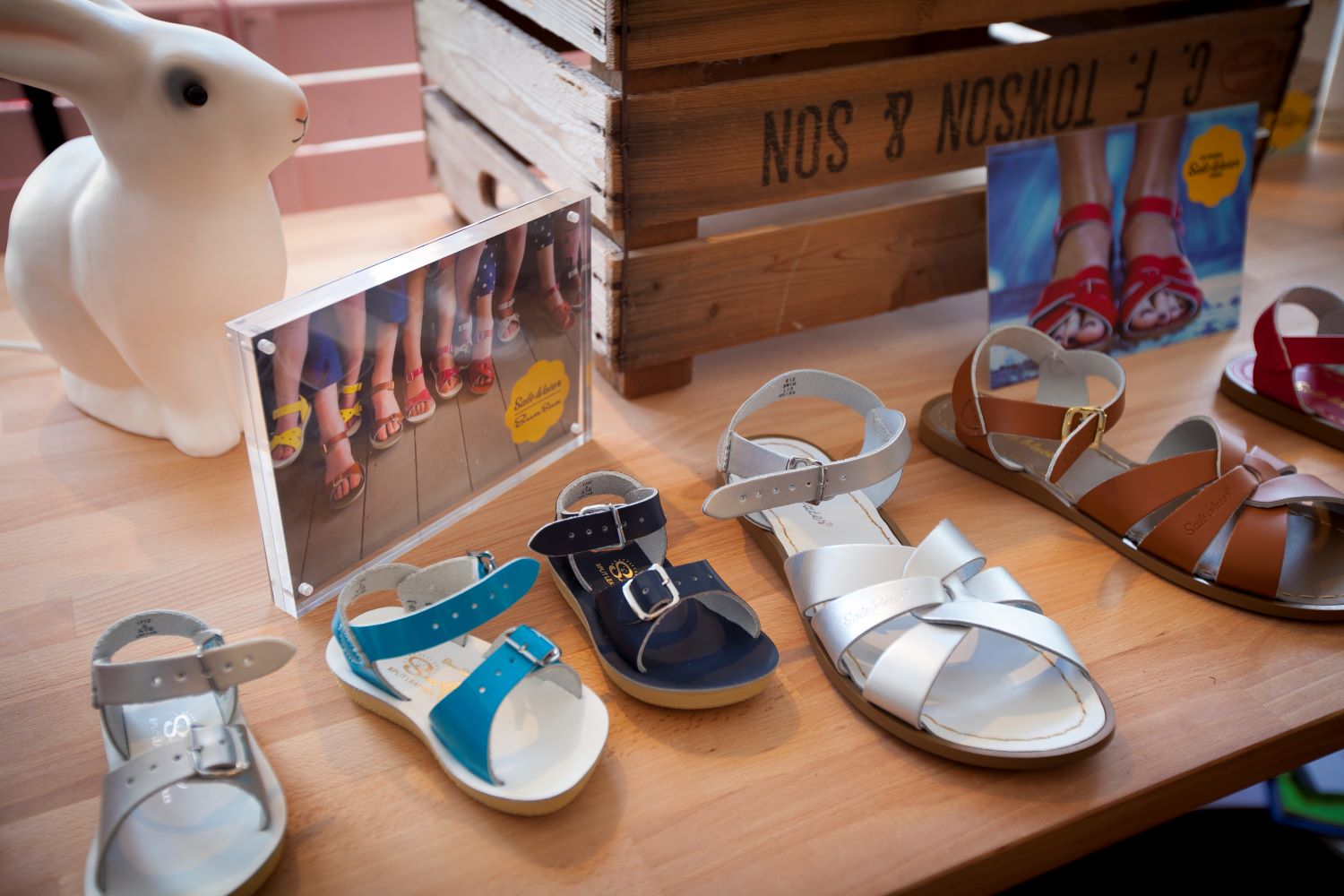Store Layout Planning
To maximise the revenue potential of a store, it is best to create an effective layout. Here are the steps needed to create an efficient store plan.
-
Choose a Layout
There are multiple layouts that can improve a customer’s buying experience depending on the space you have, and the products being sold.
- Grid layouts display products in long aisles, are very easy to navigate, and encourage customers to browse displays. A good choice for grocery and convenience stores.
- Loop layouts direct customers along a set path effectively maximising space and exposing customers to as many display products as possible.
- Free-flow layouts allow customers to explore products and displays easily. Great for small and boutique stores.
- Diagonal layouts are like grid layouts, but the aisles are placed at an angle, creating better visibility and a more open feel.
- Forced path layouts guide customers through a single pathway through the store, creating a controlled shopping journey.
- Angular layouts feature table displays that encourage customers to engage with a curated selection of products.
These are just a selection of the layouts available, and you can always combine them where needed.
-
Traffic Flow and Customer Behaviour
Consider how customers are likely to flow through your store and try to factor this into your layout. Aim to create an area within the entrance where that is clear and uncluttered, so they won’t feel overwhelmed. Also, keep in mind which direction they are likely to turn first within your store and plan that area out accordingly.
-
Checkout Placement
This is the last step of a customer’s shopping journey within your store and should be placed at the natural end point of their path. Make sure your checkout area does not take up too much valuable retail space but is still large enough to process items efficiently.
-
Smart Product Placement
Place your products in locations where they are most likely to catch your customer’s eye. Find out what your most popular products are so you can display them prominently. Also, create space for display items and limited-edition products.
-
Fixtures and Displays
Consider ways to optimise your fixtures (permanent elements such as rooms, lights, counters, etc) and displays. Make sure your fixtures are of the best available quality and that displays are flexible and can be repurposed where needed.
-
Customer Amenities
Making customers feel welcome and not overwhelmed is also key to improving their overall shopping experience. Amenities such as seating, customer service areas and dressing rooms are a few ways to encourage shoppers a more enjoyable experience.
-
Accessibility and Compliance
Ensuring your store is accessible to all customers is important. This includes everything from disabled parking and wheelchair-accessible ramps to navigable bathrooms, dressing rooms and lifts. Make sure your display areas are wide enough and unobstructed so that it is easy and safe to move through them.
Back to Top
